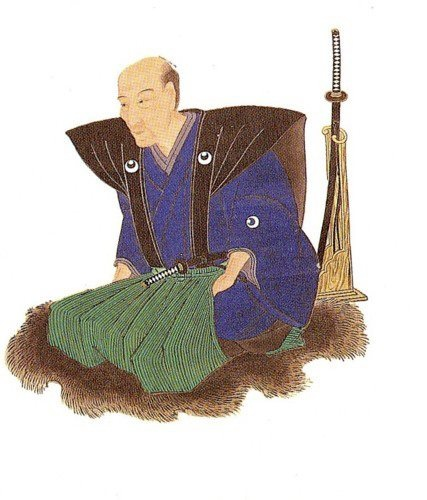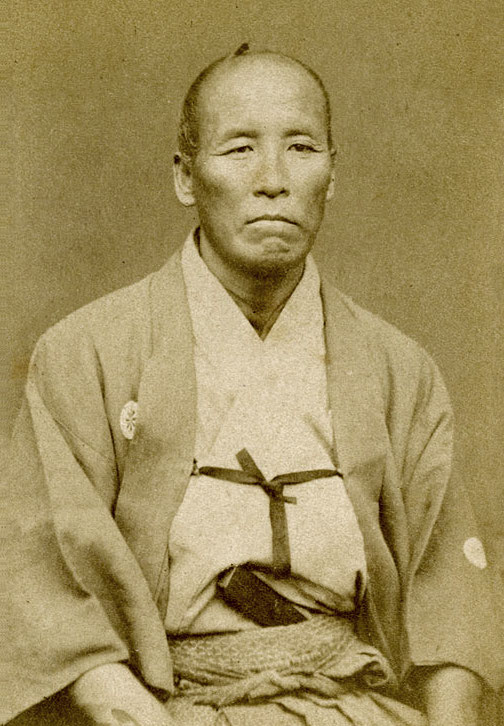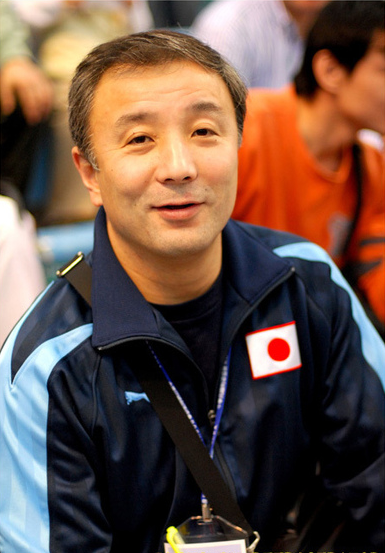Notable People of Kendo
Miyamoto Musashi

Miyamoto Musashi was a Japanese swordsman, philosopher, strategist, writer and rōnin, who became renowned through stories of his unique double-bladed swordsmanship and undefeated record in his 61 duels (next is 33 by Itō Ittōsai). Musashi, as he was often simply known, is considered a Kensei, a sword-saint of Japan. He was the founder of the Niten Ichi-ryū, or Nito Ichi-ryū, style of swordsmanship, and in his final years authored The Book of Five Rings (五輪の書, Go Rin No Sho) and Dokkōdō (The Path of Aloneness).
Through the Japanese tradition, kendo is linked with Miyamoto Musashi who belongs to the national treasure of Japan. The Miyamoto Musashi Budokan located in Ōhara-chō[26] built in honor of the samurai regularly hosts all of Japan's kendo schools. As a result, at the 60th Okayama National Sports Meetings in 2005 held at the Miyamoto Musashi Budokan, two official techniques from the Niten School founded by Musashi were incorporated into the International Kendo Federation by the Japanese Minister of Education.
Chiba Shūsaku Taira no Narimasa

Chiba Shūsaku was the founder of the Hokushin Ittō-ryū Hyōhō (北辰一刀流兵法) and one of the last masters who was called a Kensei (sword saint). After studying several styles of martial arts, Shūsaku created his own style in the 1820s, and called his school Hokushin Ittō-ryū Hyōhō (北辰一刀流兵法). The curriculum of the school contains mainly Kenjutsu, Battojutsu, Naginatajutsu and Jūjutsu.
He introduced gekiken (撃剣) (full contact duels with bamboo swords and training armor) to the curriculum of tradition arts in the 1820s. Due to the large number of students of the Hokushin Ittō-ryū Hyōhō at the end of the Edo period, the use of bamboo swords and armor as a form of practice became popular. Modern kendo techniques, such as Suriage-Men and Oikomi-Men, were originally Hokushin Ittō-ryū techniques, were named by Chiba Shūsaku.
Sakakibara Kenkichi

Sakakibara was a Japanese samurai and martial artist. He was the fourteenth headmaster of the Jikishinkage school of sword fighting. Through his Jikishinkage contacts he rose to a position of some political influence; he taught swordsmanship at a government military academy and also served in the personal guard of Japan's last two shōguns.
After the fall of the Tokugawa shogunate, Sakakibara was instrumental in preserving traditional Japanese sword techniques in the early Meiji Era. He popularized public gekiken for commercial gain, resulting in increased interest in kendo and kenjutsu. Despite his eventual opposition to the practice of sword fighting for sport, his work during this period laid the foundations for the modern sport of kendo. In his later years he taught a number of noted martial artists, and was honoured by the All Japan Kendo Federation after his death.
Miyazaki Masahiro

Miyazaki is a Japanese Kendo practitioner who works for Kanagawa Prefectural Police in Japan. He participated in the All Japan Kendo Championship 12 times from 1990 to 2001 and won 6 times, more than any other competitor in the history of the championship, including 2 successive victories (1998 and 1999). Because of his great achievements in Kendo, he is called “the Master Swordsman of the Heisei era" and “an Iron Man of Kendo.”
Miyazaki was born in 1963 in Kanagawa Prefecture near Tokyo. In 1969, he entered Shinotani Elementary School in Yokohama City. When he was 7, he began to practice Kendo at Genbukan Sakagami Dojo. In 1981, after he graduated from Toukai Dai Huzoku Sagami High School, which had a strong Kendo Club, he started working for the Kanagawa Prefectural Police. Due to his accomplishments, Kanagawa Prefectural Police Kendo Club nominated Miyazaki as Sword Master of the Kendo Club in 2012.
Nishimura Hidehisa

Nishimura was born in 1988 in Oita Prefecture. He started kendo at Mikazuki Kenshikai and progressed to Tsukuba University from Kyushu Gakuin High School. After graduation, he came into office at Kumamoto Prefectural Police. He attained three All Japan Championship titles and 3rd place once, one National Police Championships title, a WKC team title and 3rd in the individual category.
